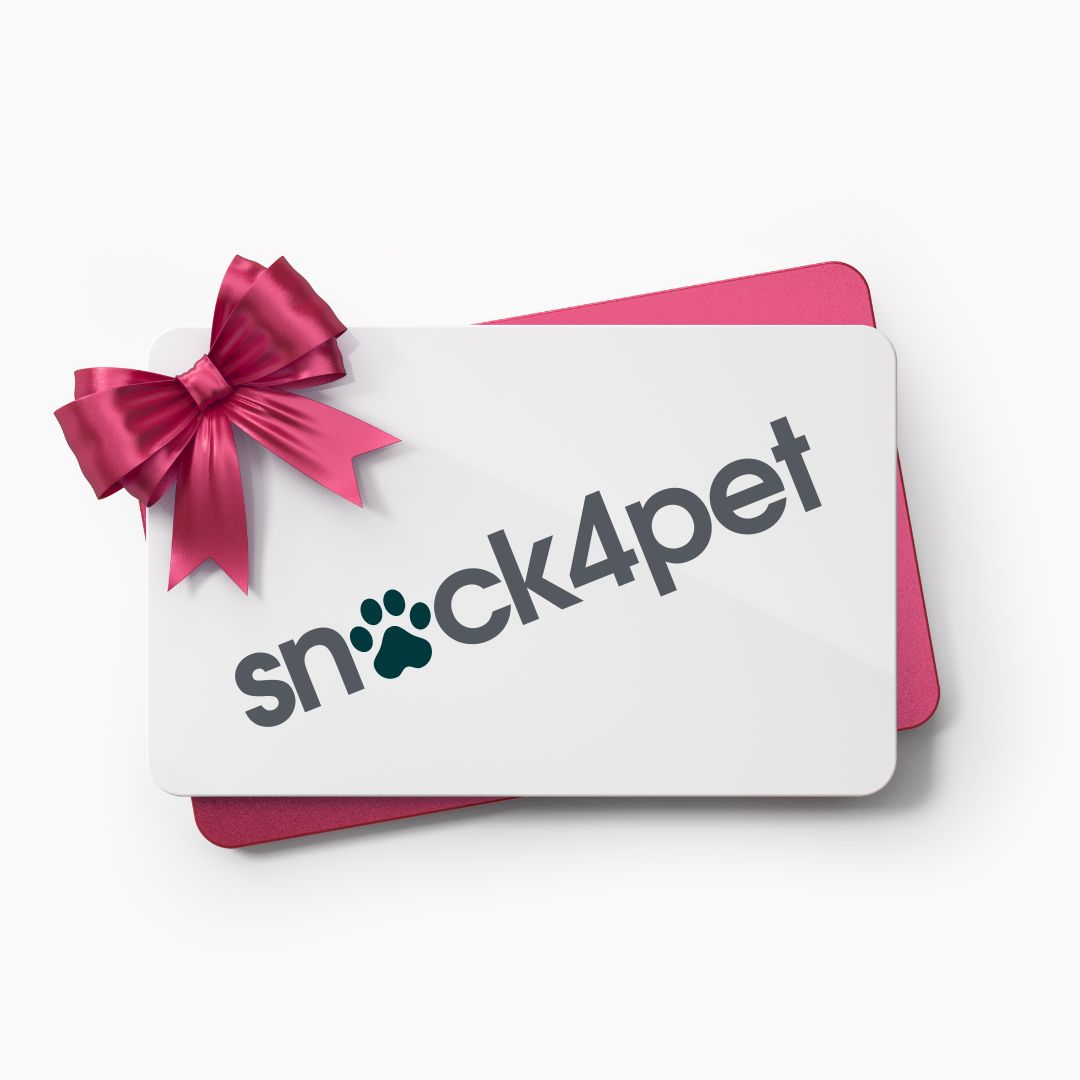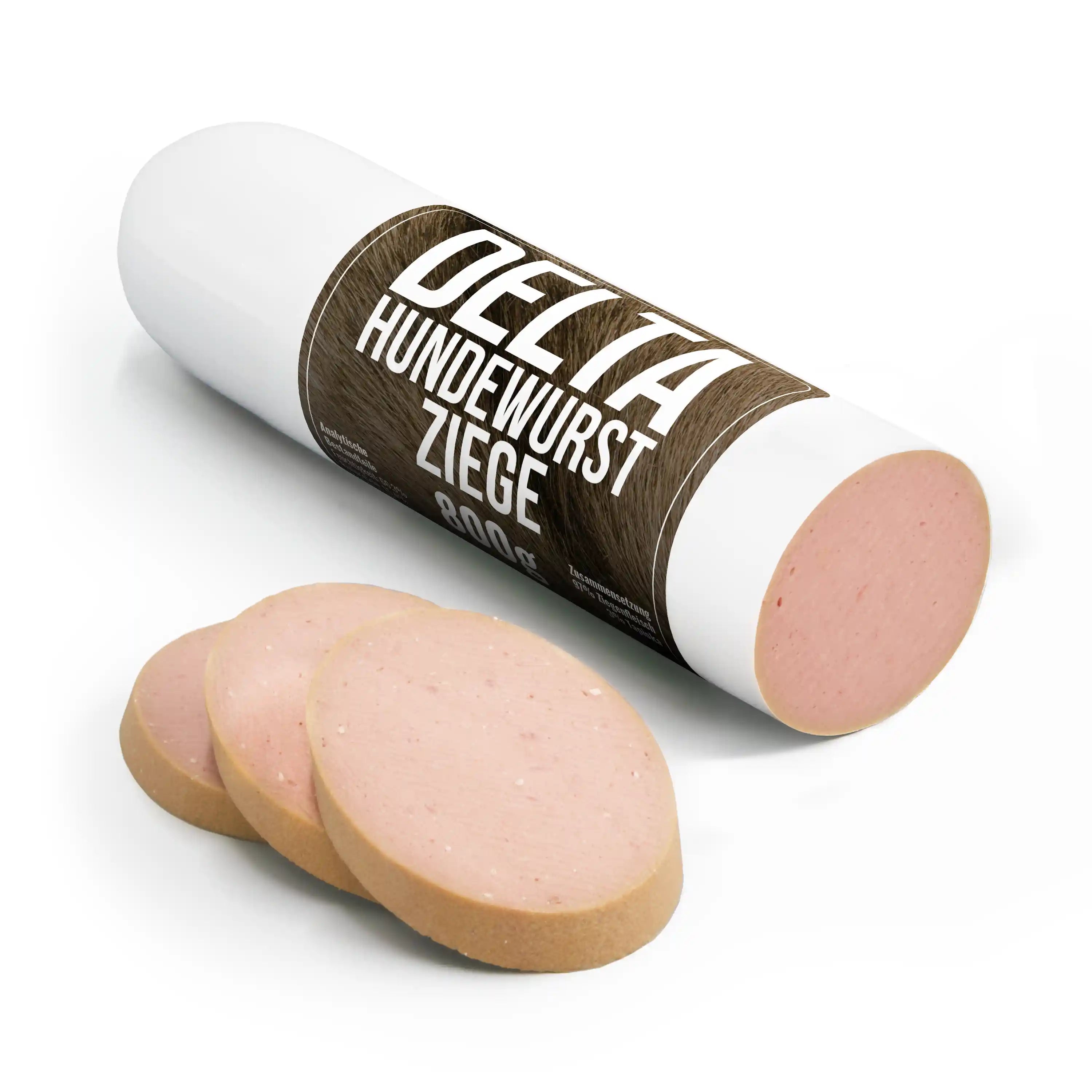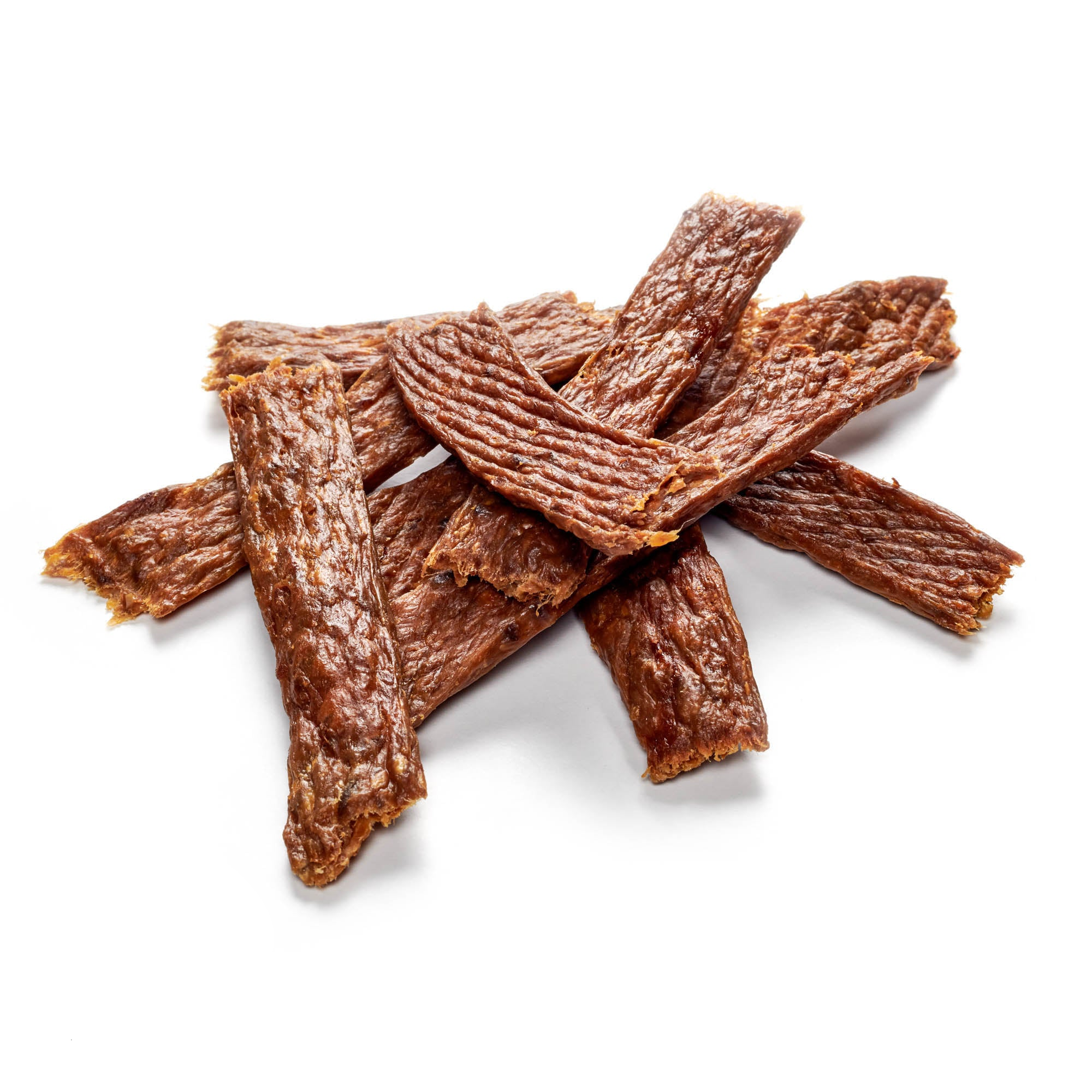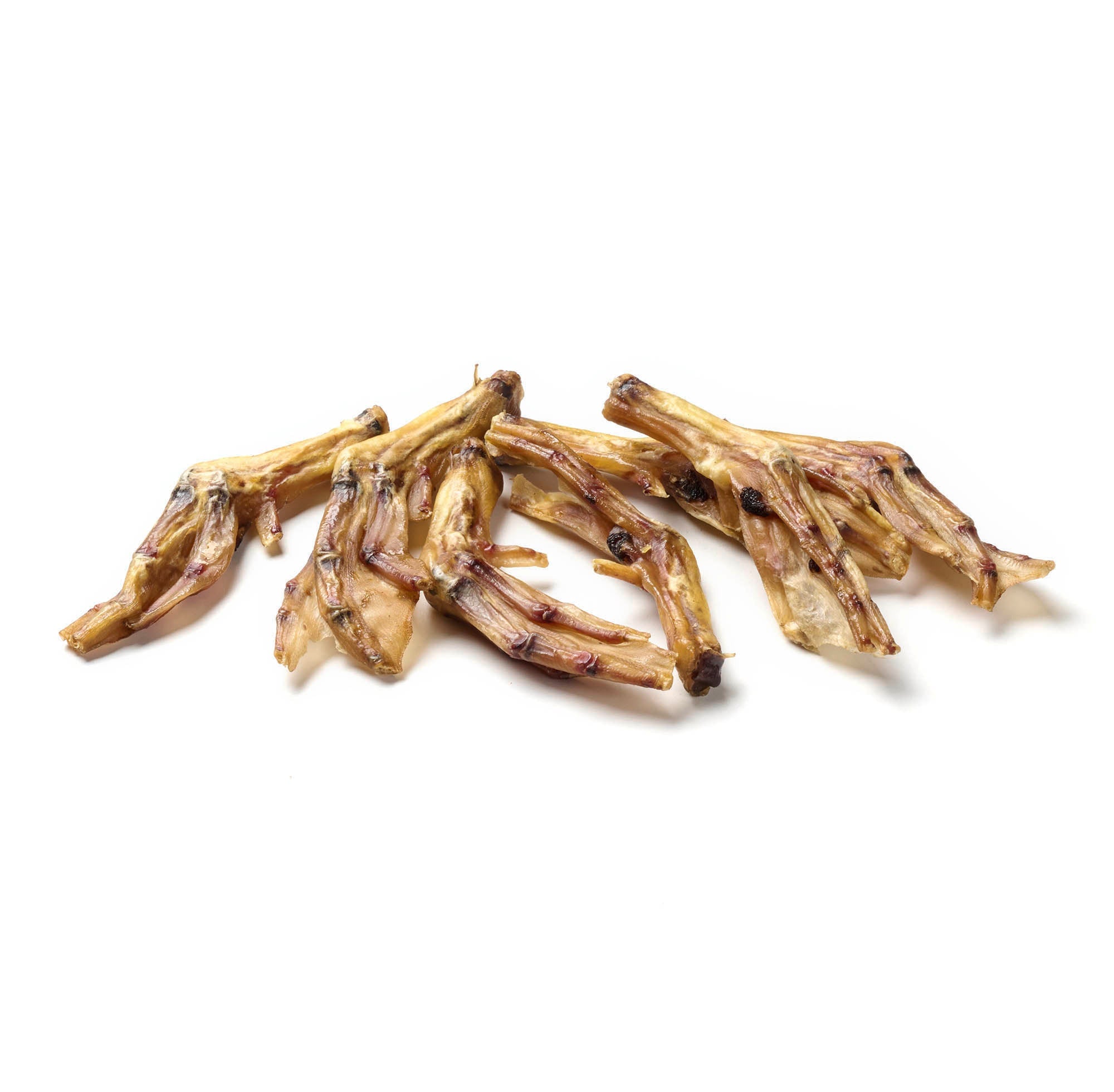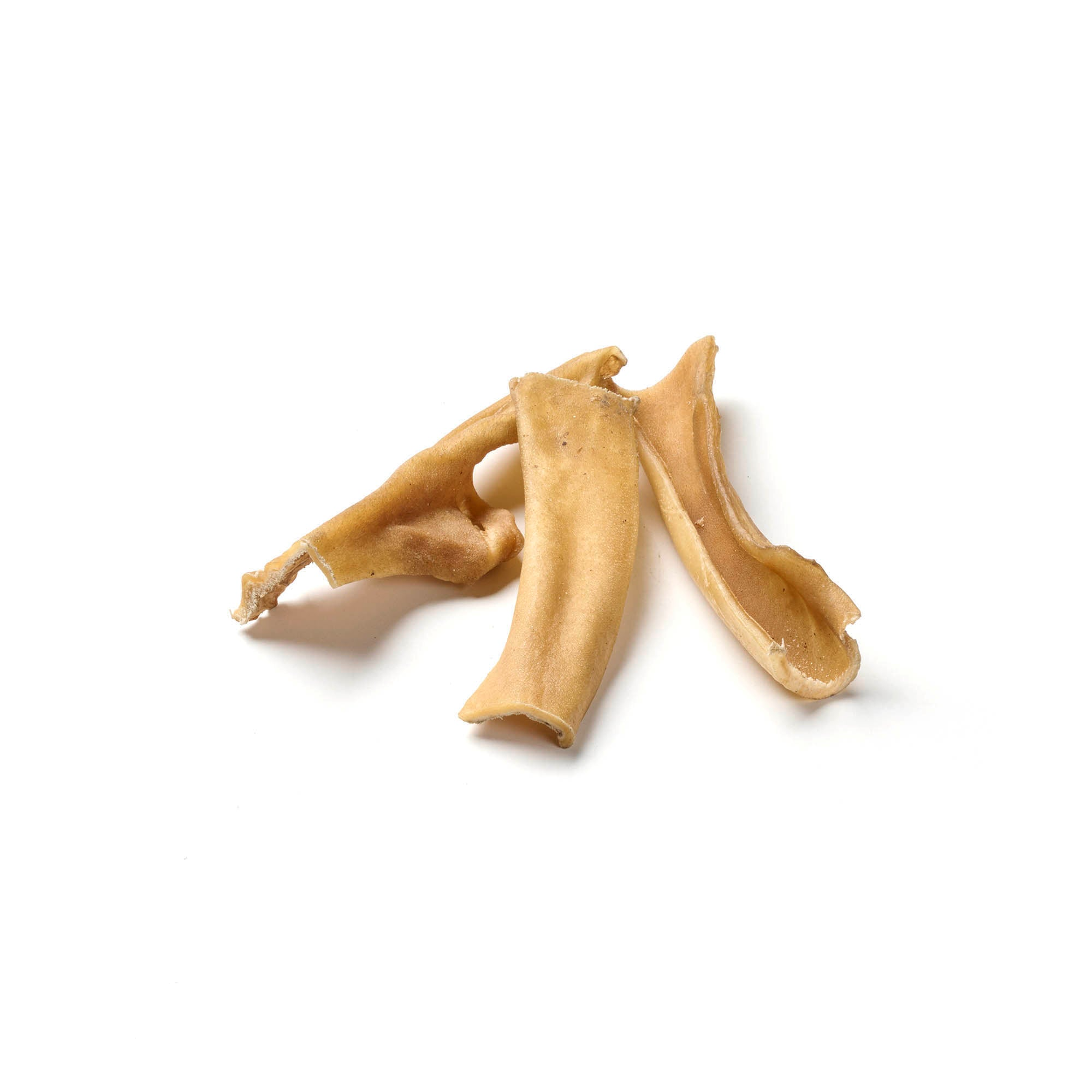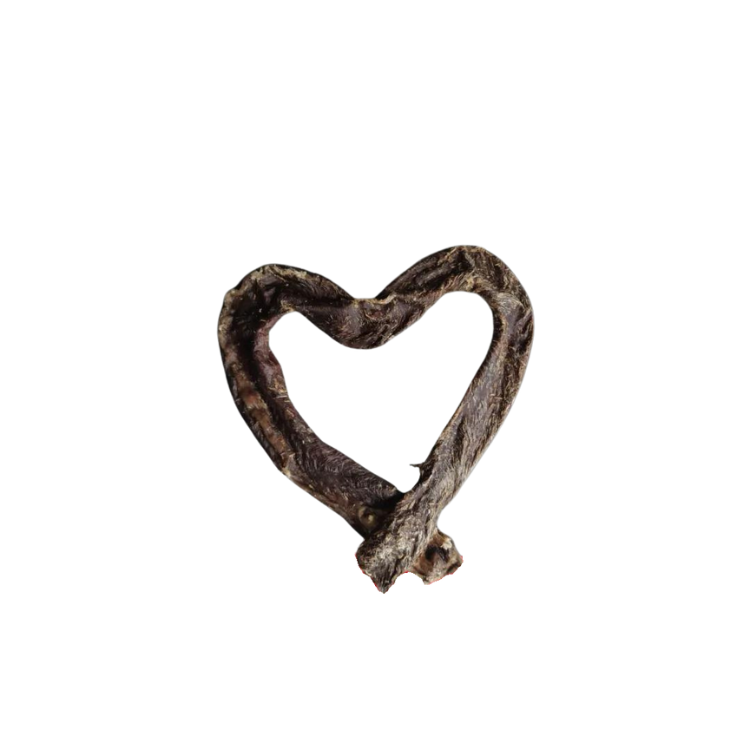
Icelandic dog
Share
The Icelandic Sheepdog is a very trusting and family-friendly dog. As the only breed of dog from Iceland, its thick fur means it is well protected from all weather conditions. With herding dogs as its ancestors, it is now also known as the Icelandic Sheepdog and should therefore be challenged not only physically but also mentally.
Content: Icelandic Sheepdog
- profile
- Special features
- Nutrition
- Health and care
- Origin and history
- The right accessories
- Conclusion
Reward your dog with our high-quality chew products!
Icelandic Dog - Profile
- Character: Curious, Friendly
- Size: Medium
- Height: 42-46cm
- Weight: 11.5-13.5 kg
- Life expectancy: 12-14 years
- Coat type: medium hair
- Colour: Fawn, brown, black, red, grey – with white markings
- FCI Group: Spitz – primitive dogs
Icelandic Dog - Special Characteristics
The Icelandic dog is actually the only breed of dog that comes from the island in the far north. Like all dogs that come from cold regions, the Icelandic dog is very well adapted to the harsh climate. In contrast to the other northern four-legged animals, it is more of a herding dog than a hunting dog or even a sled dog. Nevertheless, it also belongs to the group of primitive Spitz dogs and is therefore also known as the Icelandic Spitz.
Externally, they have a distant resemblance to their relatives, but they are not only smaller, but also appear much cuter and friendlier. Its face, with its pointed ears and equally pointed snout, is reminiscent of a fox. The bushy and curled tail is more reminiscent of the Pomsky.
The medium-sized Icelandic dogs usually reach a height of 45 cm at the withers and have bushy fur that can be of various colors. They appear friendly and are usually sociable and do not mind the company of people. A large family is perfect for Icelandic dogs. Because of their past as herding dogs, they are basically good watchdogs and bark quickly, but this can be trained out with good training. They are quick to learn and want to please their owners, but should not be over- or under-challenged.
Icelandic Sheepdog - What should be considered regarding nutrition?
When feeding the Icelandic dog, as with all dogs, it is important to feed it according to its life situation. Age, weight and activity play the decisive roles. There is the right dog food for every situation, but it is important that additives such as animal meal or sugar are completely avoided and that grains are only added in small quantities.
Since the Icelandic dog is one of the active dog breeds, its weight should not be a problem. However, it should be fed in moderation, especially when it comes to treats ! Four to five small meals a day are recommended for puppies, while adult Icelandic dogs and seniors can get by with two portions spread over the day.
Reward your dog with our high-quality chew products!
Icelandic Dog - Health and Care
Icelandic dogs have beautiful fur and a lot of it. It is obvious that Icelandic dogs lose a lot of hair, especially during the six-monthly shedding . To counteract this, grooming is absolutely sensible. Regular brushing not only pleases the Icelandic dog, it also helps to prevent the hair from getting everywhere. The sooner dogs get used to the brush, the more likely they are to put up with the procedure.
In addition to the coat, as with other dogs, the teeth and ears should be cleaned occasionally and the claws should be trimmed.
Fortunately, Icelandic dogs are otherwise relatively easy to care for and are largely spared from breed diseases. Only joint and hip problems can occur in old age. Lots of exercise in the form of long and tiring walks is the best way to prevent all kinds of diseases. Icelandic dogs have a very low hunting instinct, which is why with a little training it should not be a problem to let them run free. For a long and healthy dog life, a regular routine check-up at the vet is always recommended!
Icelandic Dog - Origin & History
The history of the Icelandic Sheepdog is long, as it came to Iceland over 1,100 years ago with the first Vikings. They discovered the island between 874 and 930 and decided to settle there. Of course, over the centuries the Icelandic Sheepdog has adapted to the conditions of the island and the way of life of its inhabitants. It has become calmer and more family-oriented. It was mainly kept as a herding dog, but has always been a family dog. Today the Icelandic Sheepdog, recognized by the FCI in 1972, is the most popular symbol of the Icelanders.
Icelandic Dog - The right accessories
Since Icelandic dogs are very active, a city apartment quickly becomes too small. Ideally, a garden or yard should be available. This breed of dog is so active that it enjoys all kinds of dog sports . Dog toys such as a dog Frisbee or flyballs are ideal for outdoor activities, but it will certainly also enjoy many other toys.
The basic equipment also includes a harness or collar, a leash, food and water bowls, and a dog bed as a place to retreat to in a quiet place in the house or apartment. For drivers or travelers, a dog transport box can't hurt, and anyone who has a garden, as recommended, should think about a dog fence.
Conclusion
The Icelandic Sheepdog is a breed that is particularly suited to active people. If they don't get enough exercise, they can suffer from boredom and discontent. If long walks, dog sports or hikes aren't your thing, you might want to look in our dog breed overview for another suitable breed. It's important that you find a dog that fits your lifestyle so that you're both happy.
Discover our selection of premium dog chews!

